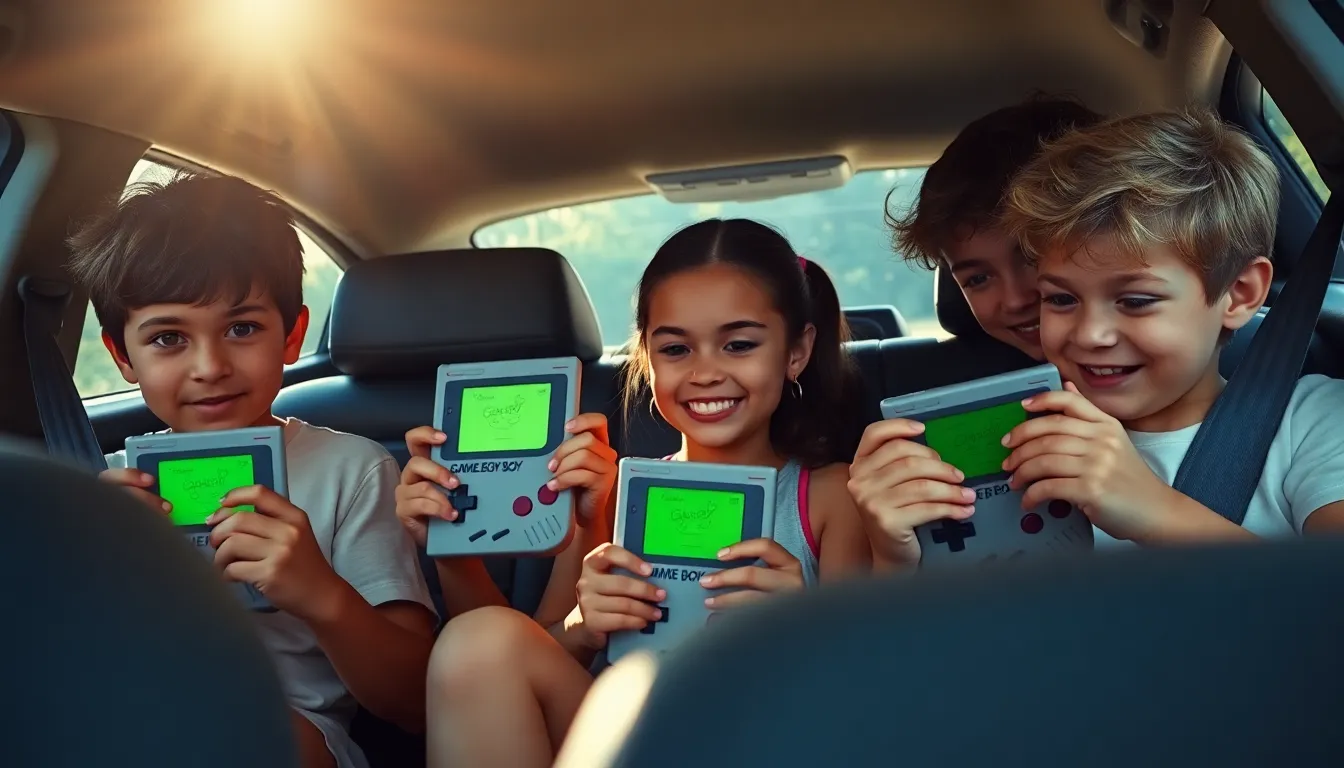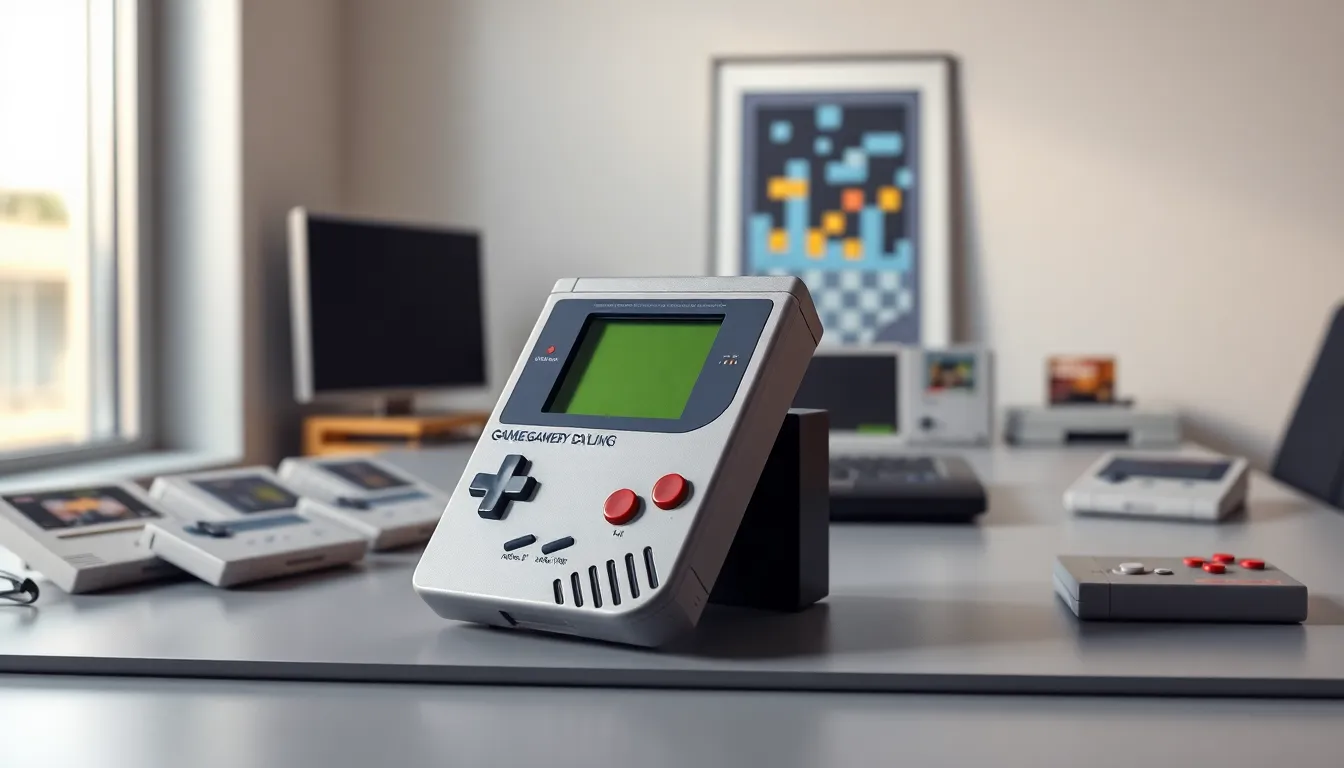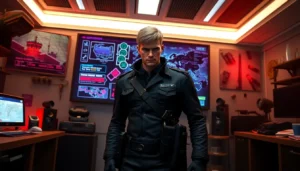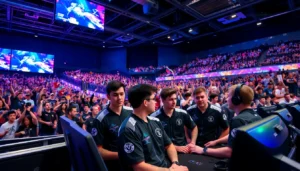Table of Contents
ToggleAh, the Game Boy DMG. It’s a relic of gaming history that transported millions into fantastical worlds, often on road trips or while avoiding assignments. With its iconic brick-like structure and simplistic design, one could argue it’s the closest thing we have to a time machine. While flinging turtles and collecting coins on the go was a treat, let’s dive deeper into why this pocket of nostalgia continues to resonate with both vintage enthusiasts and newcomers alike.
The Birth of the Game Boy DMG

The Game Boy DMG, first released in 1989, revolutionized portable gaming. Conceived by Nintendo, the DMG, short for Dot Matrix Game, was designed under the guidance of visionary Gunpei Yokoi. His mission? To create a device that could bring gaming to the masses, regardless of location. With its launch, it swiftly became a cultural phenomenon. Imagine kids in the backseat of their parents’ cars, heads bent low over the fluorescent screen, completely oblivious to the world around them. This was the era of portable gaming, and the Game Boy DMG was leading the charge into a new frontier.
Besides, its success wasn’t by mere chance. Nintendo had cleverly positioned the Game Boy for success by leveraging the existing popularity of home consoles. They introduced a well-paced lineup of game titles that spoke to diverse audiences, setting a solid foundation for its enduring legacy. The launch captured the hearts, and thumbs, of players everywhere, marking the start of a gaming revolution.
Technical Specifications and Design
When it comes to technical specifications, the Game Boy DMG was revolutionary for its time. With an 8-bit processor and a greenish monochrome display, the graphics may look primitive by today’s standards, but they were groundbreaking back in 1989. The screen’s unique pixelated display was perfect for displaying the simple yet captivating gameplay.
Let’s not forget about the design. The DMG had a sturdy, plastic shell, some might say it resembled a brick more than a gadget. But that durability meant it could withstand the rigors of kids’ lives, thrown in backpacks and dropped on concrete without flinching. The iconic eight-directional D-pad was another standout feature, providing gamers with responsive control that felt good in the hands. The introduction of interchangeable game cartridges also set a standard for future consoles, making game ownership a personal experience.
The Game Boy DMG Library: Iconic Games That Defined a Generation
What truly made the Game Boy DMG shine was its library of games. Titles like “Tetris,” “Super Mario Land,” and “The Legend of Zelda: Link’s Awakening” weren’t just games: they were milestones in gaming history.
“Tetris,” for instance, became a global phenomenon. With its addictive gameplay, it not only smashed sales records but also showcased the Game Boy’s capabilities. Similarly, “Super Mario Land” introduced players to a new portable platform where they could stomp goombas and collect coins in their pockets.
Each game contributed to a rich landscape of gaming experiences that transcended age boundaries. While children delighted in exploring the Mushroom Kingdom, adults also found themselves captivated, often engaging in late-night competitions for high scores. This cross-generational appeal solidified the DMG’s status in the pantheon of gaming history.
Cultural Impact and Lasting Legacy
The cultural impact of the Game Boy DMG can hardly be overstated. It was more than just a console: it was a lifestyle. From schoolyards to streetcars, the DMG fostered connections between players. It became a device to bond over, share gaming secrets, and engage in head-to-head competitions, thanks to its link cable functionality.
Also, this handheld console pushed the boundaries of what gaming could achieve. The DMG influenced countless designers and developers over the decades. Its simple design philosophy encouraged a focus on gameplay, reminding future generations that fun matters far more than flashy graphics.
Even today, the legacy of the Game Boy DMG lives on. Popular culture still pays homage through various mediums, from art to music, proving that a handheld console can indeed resonate across decades.
Collectibility and Modern Resurrection
In the realm of collectibles, the Game Boy DMG has seen a significant resurgence. As nostalgia reaches real heights, collectors and fans scramble to find pristine models, complete in their original packaging. Sellers on platforms like eBay frequently capitalize on this trend, and prices can vary dramatically based on condition and rarity.
Modern adaptations have emerged as well. Companies like Hyperkin have created updated models, designed with nostalgic features while harnessing today’s sleek technologies. These modern incarnations often cater to a demographic that wants to experience the magic of the original, yet enjoy the conveniences of today’s gaming setups.
Also, the homebrew scene thrives, with developers creating new games for the Game Boy DMG, fueling interest and ensuring its legacy continues to evolve.




